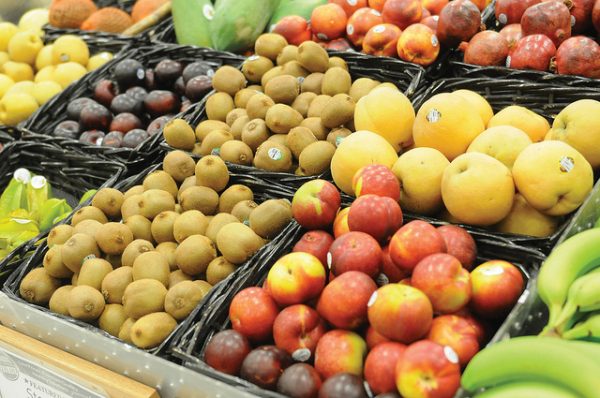Three Short Stories About Grocery Stores

Photo credit: Army Medicine (Aniesa Holmes), CC BY 2.0.
Since it’s Food Month at The Billfold, I wanted to share three short stories about grocery stores:
First — and a lot of you may know this already — Amazon Prime subscribers are going to get an additional 10 percent off sale items at Whole Foods, plus the ability to order Whole Foods products through Amazon Fresh and Prime Now. Business Insider considers this another step towards the death of the middle class:
The new discounts could be a way for Whole Foods to go after both low- and high-income customers while the middle class continues to shrink.
I’m not sure that 10 percent off will be enough to convince some low-income households to switch to Whole Foods, even with Amazon’s discounted Prime membership for people on government assistance programs. When I was on food stamps, I bought the cheapest food possible — and even if I could have gotten a less expensive loaf of bread at Whole Foods, I probably wouldn’t have gone into the store to test it. (I didn’t have the time or the money to waste.)
The real concern about Amazon Whole Foods is that it’s going to drive other retailers out of business. Major grocery stores are already having trouble keeping their profits up, and enough grocers are closing outlets that Marketplace just released a two-minute podcast about people who are trying to create grocery co-ops after finding themselves in food deserts:
As communities that used to depend on their local Kroger supermarket look for a solution, local activists in Dayton, Ohio, are working to open a cooperative grocery store to replace the Kroger that closed.
If you search “grocery store closing” you’ll find gobs of stories about communities losing their only grocery store, which is terrible. Marketplace suggests that grocery delivery service from Walmart and Amazon might help fill in the gaps, especially for people whose primary obstacle to accessing groceries is public transportation — which is just another reminder that although we love to rag on both Walmart and Amazon around these parts, they also provide essential services to a lot of people.
Our last story comes from TechCrunch, and it describes what the future of grocery shopping might look like:
Based on user preferences (e.g. disliked ingredients, diet, previous behaviour, deals at a favourite store, and trending recipes based on location), Whisk is able to create personalised recipe feeds, search results, and meal plans.
[…]
On the IoT front, Samsung is using Whisk to build smart food applications that take user preferences, what’s in their fridge, what offers are in the supermarket, and recommends recipes. Other customers include publishers, such as the BBC, and food brands like McCormick, Nestle, Unilever, and General Mills.
I’m very interested to see how income factors into Whisk’s personalization. It sounds like there’ll be at least two different app functions: one for people with a smart refrigerator, and one for people who will be entering food purchases manually (or, perhaps, connecting the app to their grocery store loyalty card so it can auto-track what they buy). Whisk should have all of the information it needs to gauge how much people spend on food. Is it going to use that info to help people stay on budget, or will Whisk try to persuade users to spend more on food brands like McCormick, Nestle, Unilever, and General Mills?
Support The Billfold
The Billfold continues to exist thanks to support from our readers. Help us continue to do our work by making a monthly pledge on Patreon or a one-time-only contribution through PayPal.
Comments